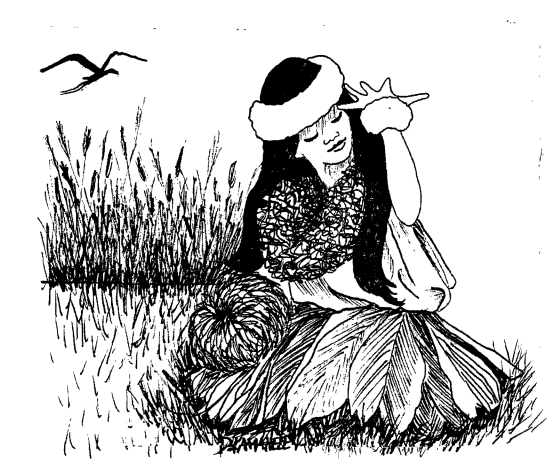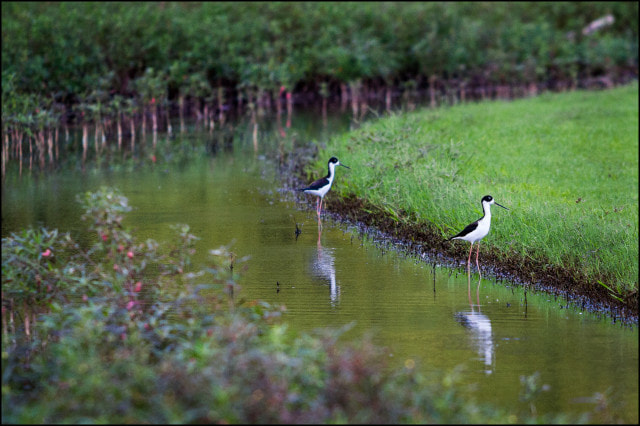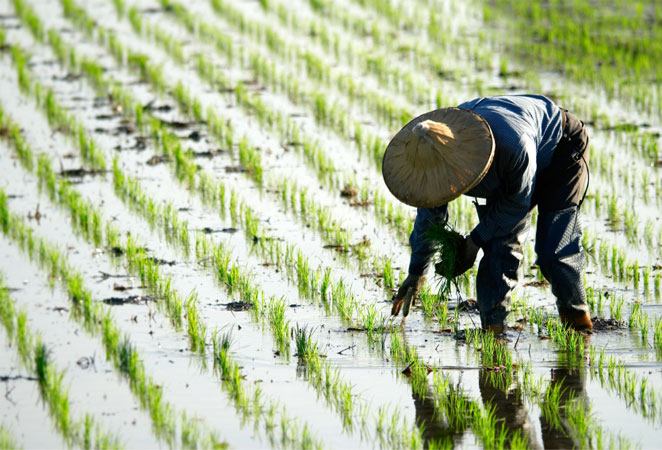the past And present of kawainui
He Kaʻao no Hauwahine lāua ʻo Meheanu
(A tale of Hauwahine and Meheanu)

(Kirch, 1) In the pool Kawainui lived in the cave lightweight woman Hauwahine. He is the guardian of this place in Kailua, O'ahu. Haughty was a mottled gray lizard living in Kailua, O'ahu. She was the guardian of the Kawainui Pond. He is a companion Meheanu, the white white. Of Meheanu the guard of the He'eia fishpond. Her companion was long, white puhi named Meheanu. Meheanu was the guardian of He'eia fishpond. |
At the end of the visit
Melanie to Hauwahine. One day, they also had salt the fish-you are the fish, You are the king, and you are the dog. Meheanu often visited Hau at Kawainui. One sunny day they shared some fish: manna, me, and ugly. He ate very well the stomach of the guard. They dropped on Rocky stones are rocky stones of Hauwahine. The two guardians ate until they were full. Then the guard rested on the large rocks at The Stone of Hau bask in the warmth of the day. Take me away This place is here a fisherman is preparing for throwing out his crop. His name is Kanakapī. On the top of them, they saw a fisherman preparing to throw. continued story in English and ʻōlelo Hawaiʻi can be found here: http://www.ulukau.org/elib/cgi-bin/library?e=d-0hauwahine-000Sec--11en-50-20-contact-book--1-010escapewin&a=d&d=D0&toc=0 |
Past
(Hofschneider, 1)
(China, 1)
Land Uses
|
Present
The Kawainui-HAmAkua Complex Master PlanTaking into consideration of the residents' wishes and concerns for the future of the Kawainui Marsh, the Kawainui-Hamakua Complex Master Plan was created by the State of Hawai‘i Department of Land and Natural Resources (DLNR) Division of Forestry and Wildlife (DOFAW) and Division of State Parks (DSP) as a call for community action for appropriate land use. (Helber Hastert & Fee 2). Despite this plan being made with good intentions, many Kailua residents disagree with some of the ideas the plan proposes. For example, one resident says, “The only way to preserve the marsh for its historic and cultural worth is to NOT build anything there, but rather to protect and maintain the existing marsh properly” (Hofschneider, 1). Today, the lush, 986-acre marsh is full of invasive plants and is polluted by runoff from trash dumped along the side of nearby Kapaa Quarry Road. The Kailua Neighborhood Board and environmental organizations have argued that any buildings or pathways will despoil the marsh and open the door to flocks of tourists. More than 2,000 people signed a petition urging the state to discard the plan. Still, the wetland is a valuable part of the ecosystem, helping to control flooding and serving as home to four species of endangered birds.
BibliographyAllen, Jane. "The role of agriculture in the evolution of the pre-contact Hawaiian state." Asian Perspectives 30.1 (1991): 117-132. Anderson, Brittany, et al. "Sedimentary Carbon and Nitrogen Dynamics Reveal Impact of Human Land-Use Change on Kawainui Marsh, O ‘ahu, Hawai ‘i." Pacific Science 71.1 (2017): 17-27. Athens, J. Stephen, and Jerome V. Ward. "Environmental change and prehistoric Polynesian settlement in Hawai'i." Asian Perspectives (1993): 205-223. “China's Age of Invention.” PBS, Public Broadcasting Service, www.pbs.org/wgbh/nova/ancient/song-dynasty.html. Drigot, Diane C., and Muriel B. Seto. "Ho'ona'auao no Kawai Nui (Educating about Kawai Nui)-A Multi-Media Educational Guide." (1982). Hofschneider, Anita. “Clash Over State's Kawainui Marsh Plan Divides Kailua.” Honolulu Civil Beat, 19 Aug. 2014, www.civilbeat.org/2014/08/clash-over-states- kawainui-marsh-plan-divides-kailua/. Kawai Nui Marsh Master Plan, Oahu, Hawaii. Dept. of Land and Natural Resources, 1994. Kirch, Patrick V. "The impact of the prehistoric Polynesians on the Hawaiian ecosystem." (1982): 1-14. http://www.ulukau.org/elib/cgi-bin/library?e=d-0hauwahine- 000Sec--11en-50-20-contact-book--1-010escapewin&a=d&d=D0&toc=0 Neller, Earl. "Archaeological Investigations at Kawainui Marsh, in the Kukanono Area, Kailua, Oahu." (1982).http://www.kailuachamber.com/Resources/Document s/Kawainui%20Outreach%20Flyer_29July11.pdf Turse, Jason. Sunset. 17 Dec. 2006, en.wikipedia.org/wiki/File:PC170019.JPG. |

